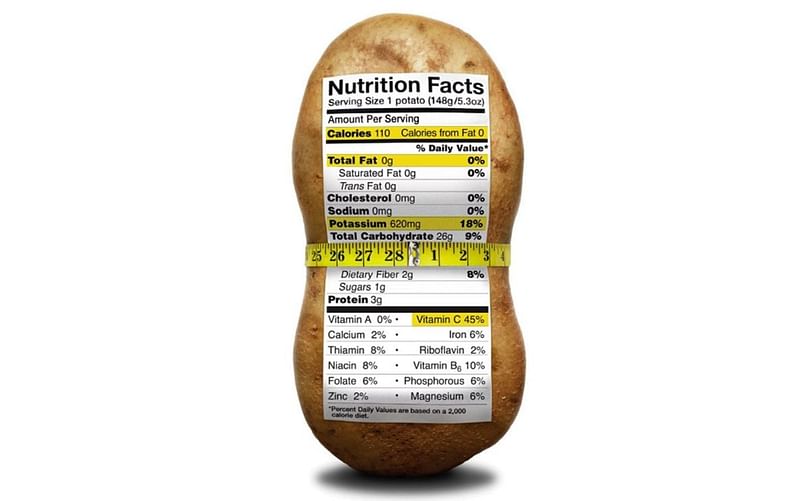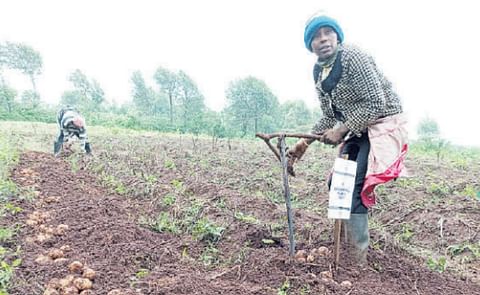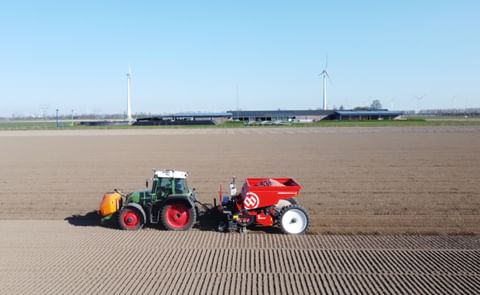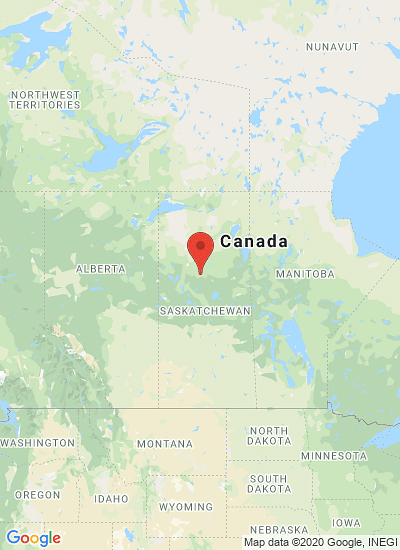Hail the humble potato, which fueled global trade
The history of the potato: From Humble Andean Staple to Global Superstar, an Interplay of Political, Economic and Social Factors

Everywhere in the world, potatoes are treated as staple local food. They are not seen as exotic food even though they were not heard, known, or eaten anywhere outside the Andes mountains, the place of their origin, until nearly 500 years ago.
What makes potatoes so successful, and how is it possible that they can be grown anywhere in the world? Potatoes have remarkable qualities such as high yield per unit of land, nutritional value, long storage life, water efficiency, and adaptability to different climates, altitudes, temperatures, and soil.
They have some botanical malleability, which allows them to be adaptive. Potatoes' global annual production was 375 million tons in 2022, making them the number one non-grain food product. They are crucial for global food security.

Potato: The unsung hero of health
As the world celebrated the first International Day of Potatoes on May 30, Dr. Rebecca Earle's groundbreaking work, "Feeding the People: The Politics of the Potato" is back in discussion among the potato industry professionals and policymakers.
Dr Rebecca Earle is a professor in the Department of History at the University of Warwick, specializing in food history. She has written four books: The Return of the Native: Spain and the Independence of Colombia (2000), Indians and Mythmaking in Spanish America (2008), The Body of the Conquistador: Food, Race and the Colonial Experience in Spanish America 1492-1700 (2012), and Feeding the People: The Politics of the Potato (2020).
This article draws on Dr. Earle's interviews and podcasts in which she unravels the fascinating history of potatoes. From discovery and initial reservations against eating potatoes to becoming a crucial food to sustain a large and healthy population, potatoes have been a political instrument throughout the past centuries.
Dr. Earle specializes in the history of Spanish Americas and has researched extensively how explorations and conquests during the 1500s contributed to the exchange of foods from one part of the world to another. Potatoes Introduction to Europe In Feeding the People: The Politics of the Potato, she explores the potato's history and how political, economic, and social factors contributed to its adoption in Europe and its spread to European colonies in Asia and Africa.
The potato played a critical role in World War II, as governments encouraged its cultivation to reduce their reliance on imports. She also keenly observes how colonial powers used potatoes to justify their rule and superiority and as a measure to improve the lives of the colonized people. In this tale, potatoes, which were originally from South America, were used by European powers as a marker of development in the colonies they ruled. A colony that was not growing potatoes or not growing them well or enough would be seen as less developed than those that cultivated it on a large scale.
Dr. Earle believes potatoes arrived in Europe in the late 1580s or early 1590s. Initially, Europeans did not know how to cook potatoes, and there was also confusion about potatoes and sweet potatoes. Potatoes Journey from the Andes Mountains The Spanish conquest of the Andes resulted in the fall of the Inca Empire and the Andean civilization in the 1530s. It led to the exploitation of indigenous people and the disruption of their traditional agricultural practices.
However, it also led to Europe discovering the potato, initially with suspicion and scepticism. Dr. Earle says the Europeans were suspicious of the potato, which belonged to the nightshade family and had many poisonous plants. Over time, it became a successful immigrant food, adopted by many cultures worldwide. The potato was cultivated by indigenous people in the Andes Mountains of Peru, the place where the potato is believed to have originated. Potatoes were grown there for thousands of years.
Potatoes weren't seen as a fancy food crop in the Inca state, but they sustained people, as most people would have consumed them daily. So they weren't seen as fancy from the point of view of the Inca state, but they sustained the people, and that was what most people would have consumed on a daily basis.

Rebecca Earle is a professor in the Department of History at the University of Warwick
Rebecca Earle:
"They only have, you know, 8-9 ten children all eating potatoes, which they're growing themselves."
Potatoes figure in Shakespeare's play Merry Wives of Windsor, where a character calls for potatoes to rain down from the sky. The play was published in 1602 and is believed to have been written between 1597 and 1601. Dr Earle explains that potatoes assumed a superfood status during the Enlightenment.
They became a sort of talismanic object of improvement, benevolence, and good governance. Voltaire (1694-1778) wrote a letter to Antoine-Augustin Parmentier, the great French potato promoter, explaining how he, Voltaire, had made some potato bread and served it to laborers on his land, and they loved it. Voltaire wrote that it was the happiest day of his life.
Rebecca Earle:
"So it was something that aristocrats and philosophers became very interested in."
During the 17th and 18th centuries, the potato was seen as a superfood. Governments promoted it to improve the health and well-being of their populations. Harsh weather and bad planning in the late 1700s caused food shortages, leading to riots, particularly in France. Governments responded by offering soup kitchens cheap or free meals to the poor.
Though the food wasn't great, it aimed to appease the population and prevent unrest. Back then, some believed happiness was the state's responsibility, making these kitchens a ground for testing new social and political ideas. The 18th century saw a rise in scientific fields like botany and medicine. Population growth in cities created a need for more efficient food production.
The potato became a popular solution, championed by doctors, government officials, and religious figures who saw it as a way to fight hunger and poverty. In the 19th century, when economies became more focused on industrial production, potatoes came to be seen as food that kept people from participating in the market economy. No Threat to Potatoes Except Late Blight Dr. Rebecca Earle doesn't see a reason to fear for the future of potatoes except for the late blight that seems to be staging a return.
This terrible late blight caused the potato famine in Ireland and some parts of Europe from 1845 to 1848. We don't have a countermeasure for late blight. The Irish potato crops failed a year after being hit by the late blight virus or the pathogen, as largely one type of potatoes was grown. It was a monoculture that the pathogen could rip through. Hail the humble potato, which fueled global trade.
Rebecca Earle:
"Potato cultivation globally isn't so monolithic. So even God forbid that this comes back, I don't think it'll have the same effect as it did in Ireland in the 1840s."







